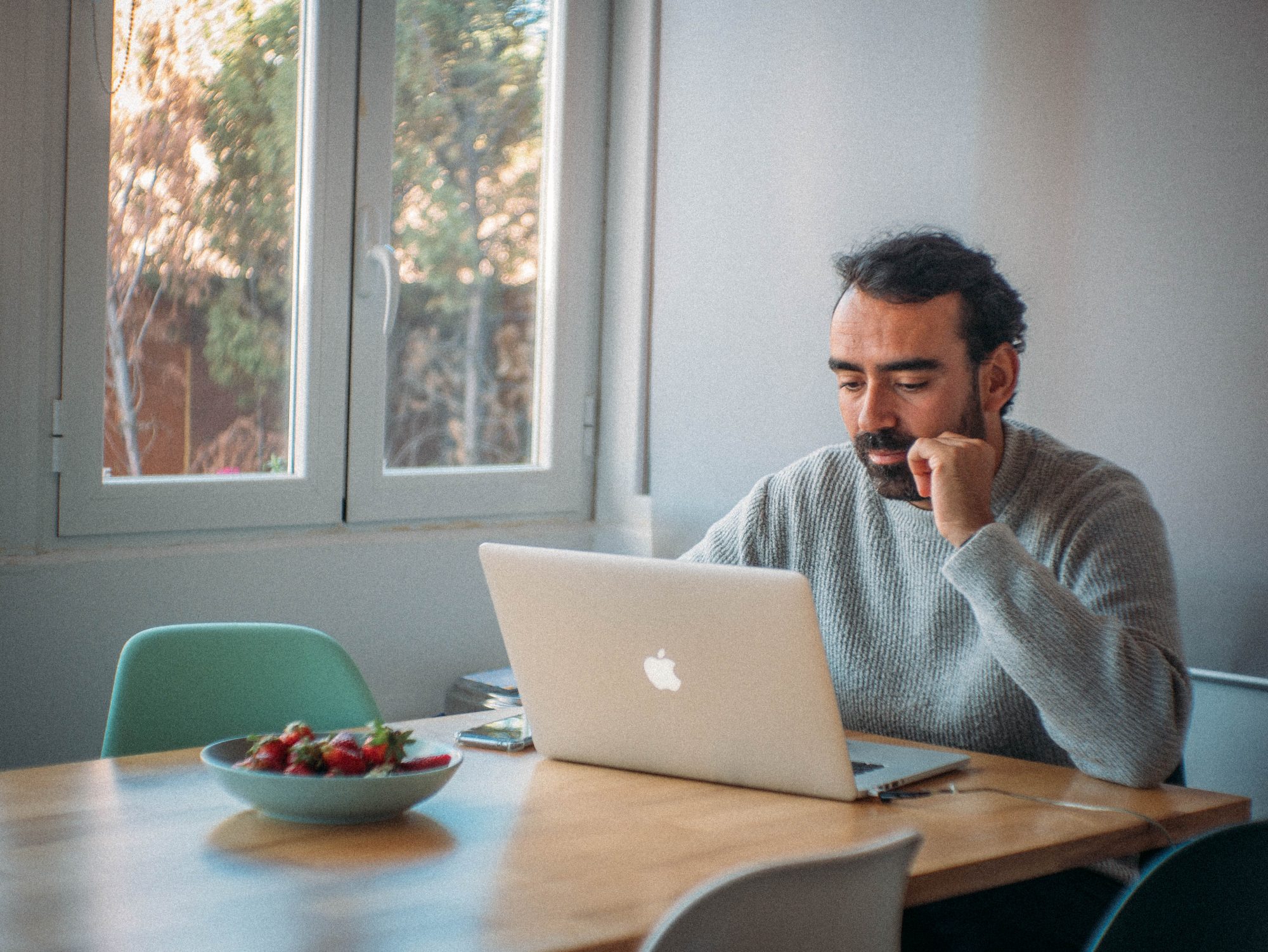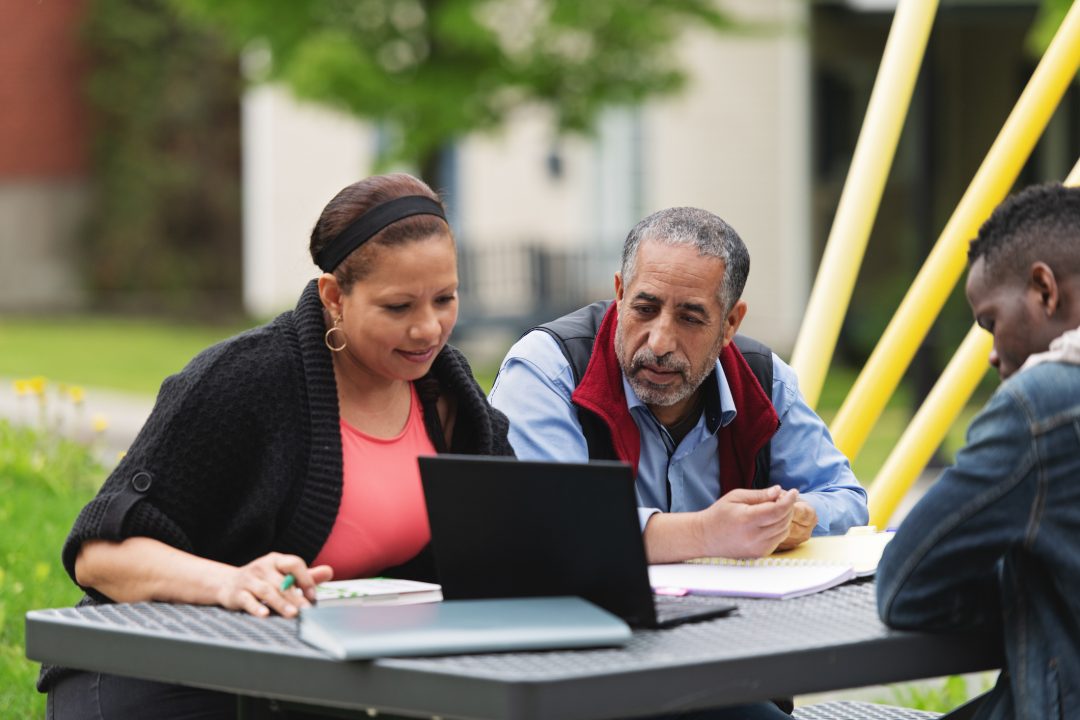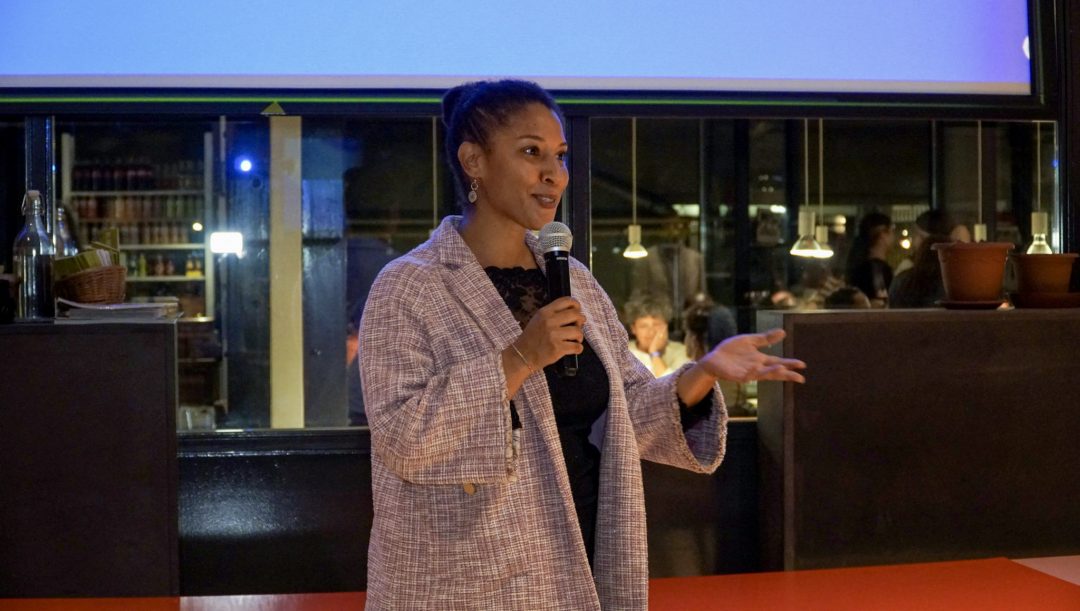He didn’t exactly have the smoothest upbringing. Growing up amidst some pretty turbulent dynamics, he quickly got a taste of life’s unfairness and the uncomfortable feeling of inequality.
However, at the age of 16, fate gave him a life-changing opportunity in the form of a scholarship to the United World College-USA in New Mexico, USA. A truly transformational educational experience that came along with a powerful realization.
Looking at his fellow classmates at UWC, it was obvious they all had talent, but their previous access to opportunities was so radically different. Still aware of the privilege of such an incredible educational opportunity, he grew increasingly determined to one day ensure others could access similar life-changing opportunities.
After graduating from UWC, at the age of 18, he had another tough realization as a volunteer Maths teacher for primary school kids in a very poor village of rural India with a local NGO (check it, it’s here), where he took a gap year. He soon realized that even though good intentions are there, they’re definitely not enough to alleviate poverty at its roots.
Pablo, you were so young yet already interested in tackling the complex issue of poverty. Can you share what sparked this passion?
In India, I saw a lot of projects and organizations aimed at helping, led mostly by people from abroad. They were doing and building things, yes, but it seemed like they weren’t always hitting the mark with what the local people truly needed. It was eye-opening to see such a big gap between their great intentions and their actual impact.
That’s when I felt a strong pull towards engineering and design. I believed that with my skills in understanding different cultures, and my training in tackling complicated technical problems, I could help close this gap. I wanted to make sure that the technological solutions we come up with really match what the people who will use them actually need.
Here’s when you win a scholarship to Brown University and start studying Mechanical Engineering and Chinese. Also, you start developing a sort of love-hate relationship with the development world.
Right, I got deeply involved in volunteering and international development projects, but soon noticed a recurring theme. Many people seemed to volunteer more for personal gain or social media fame rather than to make a genuine difference.
And in engineering, I saw volunteering projects like building water pumps or sanitation systems in Central America or Africa. Initially, they seemed positive to me, but then I received feedback that these projects were taking the jobs of local workers, realizing, once again, the unintentional impact of just wanting to do good.
Frustrated by this, I shifted away from the traditional development sector or as I understood it back then “the Poverty Industry” and entered the private sector.
Went to China, worked for a British engineering and design consultancy that builds sustainable buildings, only to discover that my efforts were primarily benefiting the wealthy Chinese billionaires.
Disenchanted, I decided to deepen my engineering for development knowledge and seek better solutions, leading me to pursue a Master’s at Carnegie Mellon University in the U.S.
There’s this book you always mention from Paul Polak, “The Business Solution to Poverty”. You said that it represented a turning point in your life.
Absolutely, that book was a game-changer for me. I’d been searching for a way to effectively tackle poverty, and Polak’s approach opened my eyes to a new avenue: focusing on business, not just technology. He points out that in wealthier areas, small and medium enterprises (SMEs) drive job creation and economic growth, whereas in poorer regions, there’s a notable absence of these SMEs, creating a ‘missing middle’.
Polak dedicated years to working with the economically disadvantaged, the bottom of the pyramid, which represents the largest but poorest group globally (~4 Billions people). His work in countries like India, Nepal, and Bangladesh with IDE (International Development Enterprises) was fascinating and inspiring. IDE transformed the lives of 19 million of the poorest people by providing affordable irrigation technology through local entrepreneurs and connecting farmers to markets. This made me think deeply about how we can foster new SMEs in underdeveloped areas to spur economic growth.
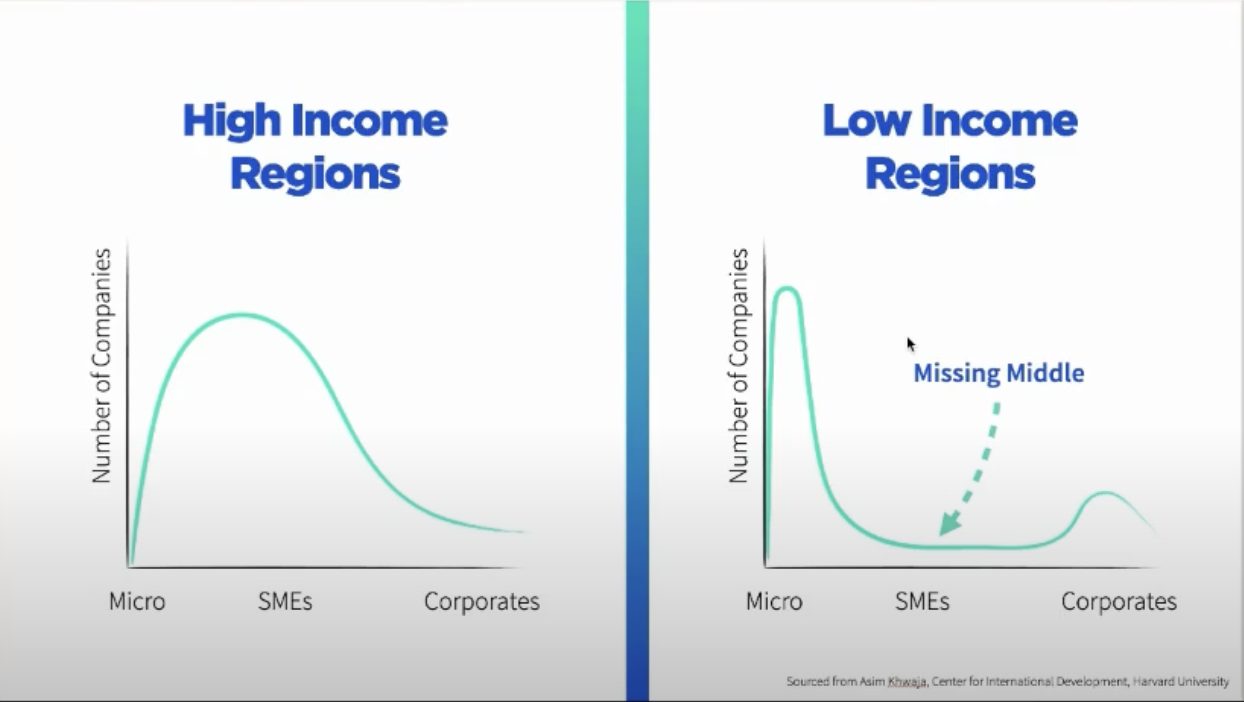
I’ll reply with another question. How is all this linked to Bridge for Billions?
Bridge for Billions was born when I saw firsthand that entrepreneurs craft products or services for consumers they deeply understand, often fulfilling their own dreams in the process. But here’s the catch: entrepreneurship is daunting, and the existing support systems are far from fair or accessible.
This is critical because if entrepreneurship is such an effective tool for tackling poverty, yet only the most privileged succeed, we’re missing out on harnessing its full potential. There’s an abundance of brilliant ideas and talent out there, but a significant gap in opportunities for aspiring entrepreneurs.
At the same time, I noticed that the current support systems also focus on businesses that are already up and running. However, every entrepreneur starts from scratch, undergoing what’s known as the ideation and incubation phases. Without access to essential resources like business training, mentorship, and emotional support during this critical period, many would-be entrepreneurs are likely to abandon their dreams.
It’s vital to understand that knowledge on creating a robust business plan, developing effective marketing strategies, networking, and securing funding is not just beneficial, but key for the success and sustainability of future entrepreneurs and crucial for tackling poverty from its roots. This is where Bridge for Billions steps in, aiming to provide these foundational tools and support to all entrepreneurs, even those targeting the needs of those at the bottom of the economic pyramid.
This “lack of knowledge and support” takes us to the first version of the Bridge for Billions platform for entrepreneurs and mentors. An educational tool crafted to support early-stage entrepreneurs of all kinds in laying solid foundations for their businesses.
It truly began to take shape two years later. In 2013, with some assistance from classmates in the E&TIM program at Carnegie Mellon University, I started developing the initial concept. By 2014, the project became more structured when I proposed Bridge for Billions as a capstone project for five of us, including Jessica Kou from Taiwan, who became our second co-founder.
Then, along with classmates Jils, Jon, Jay, and Olisa, we embarked on a mission. We applied Design Thinking and Human Centered Design to map out the entrepreneurial learning journey from ideation to pitching to potential clients, funders, or investors. We crafted the first logo and a basic website, all driven by a clear mission: to connect talented entrepreneurs lacking resources with mentors eager to assist but unsure where to start.
Leveraging simple tools like Google Drive, Skype, and WhatsApp, we tested our methodology with real entrepreneurs—one in Mexico and three in Ghana. The first entrepreneur was Juan Olmedo in Hidalgo, Mexico, who (still after 10 years) sells Agave Syrup and Goat Cheese, and provided invaluable insights. After, Kwabena Danso from Booomers International, who manufactures bamboo bikes in Ghana, and David Asiamah, founder of Agro Mindset, a pioneering agricultural education program for young African farmers, enriched our understanding and approach. These first pilots were crucial in refining our methodology, setting the stage for continuous improvement and iteration 8 years later.
That’s when Jaime Mateo entered the scene, destined to become our CTO. When I mentioned the lack of pay, he countered with his novice coding skills, and just like that, we struck a deal. “I can’t pay you,” I said. “I barely know how to code,” he replied. “Perfect,” I concluded, and we shook hands on it.
Then, feeling the business side of things was a bit too much for one person, I stumbled upon Julie Murat through an almost fictional startup job portal. Our first chat lasted two hours (I probably did most of the talking), and we clicked instantly. Before long, Julie was with us in Madrid, diving into the chaos and creativity of one of the city’s first coworking spaces, the Impact Hub in Alameda. And what followed over the next nine years is a story for another time.
.
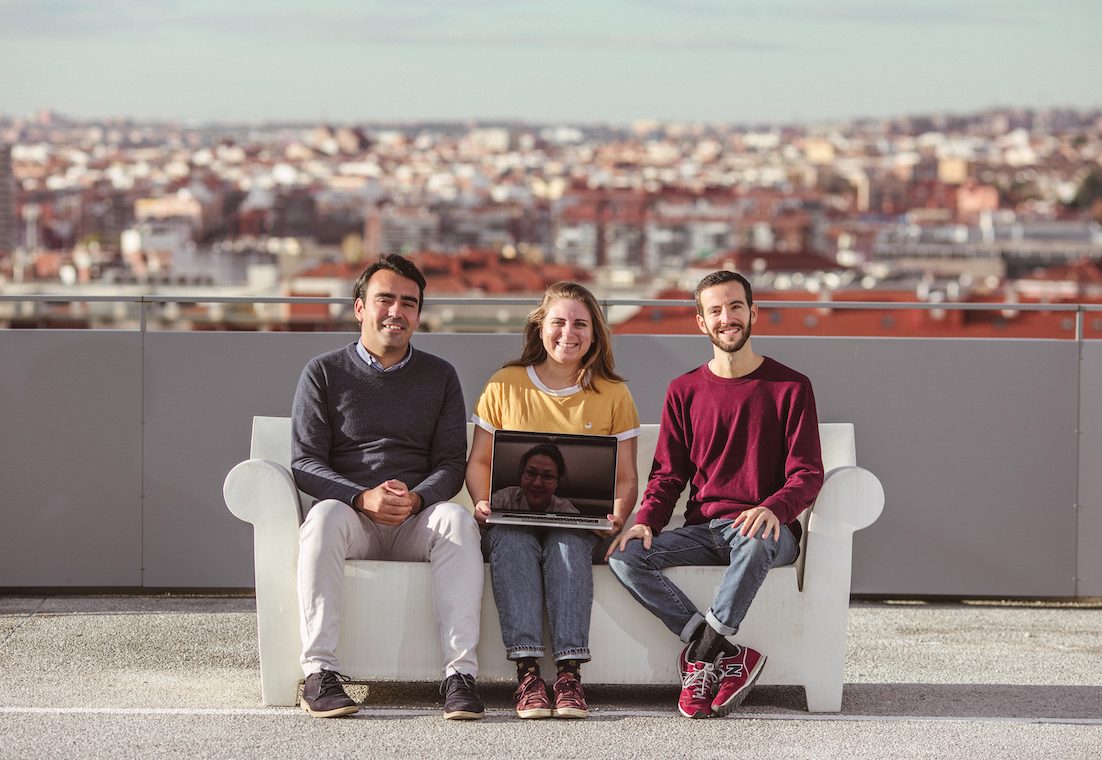
Bridge for Billions has evolved into a trusted ally for corporations, foundations and development agencies worldwide aiming to foster positive change, offering expert design, implementation, and impact assessment for early-stage entrepreneurship programs. Reflecting on your journey, what key insight do you wish to share?
Our day-to-day lives are deeply influenced by systems that were established over 50 years ago by people who are no longer with us, designed for a world that has since evolved, and aimed at addressing challenges that have shifted or disappeared. These systems are becoming increasingly outdated and ineffective, failing to meet the real, current needs of people.
Despite the potential future crises, we possess a powerful tool: innovation. Let’s place our faith in the innate ability of humans to solve our own challenges. By providing innovative tools, knowledge, and opportunities, we can enable innovators worldwide to tap into their inherent talent and drive meaningful change. Betting on human ingenuity within all communities is not just an option; it’s a necessity for creating a sustainable and inclusive future.
The potential impact of this approach is immense and truly exciting. I’m eager to discuss with anyone in the impact sector how to harness this approach for widespread, positive change.
